The construction of the “Grand Egyptian Museum” has been completed, and in the next few months, “at the end of 2023 or the beginning of 2024,” as reported by “K” Aigli Balamatsi, it will receive its first visitors.
Located a stone’s throw from the Great Pyramids of Giza, next to the new Cairo Airport, Grand Egyptian Museum (GEM) is Egypt’s most important cultural project of the last decade, which seeks to breathe new life into the country’s identity and tourism, and to give itself the title the largest archaeological museum dedicated to the ancient civilization of Egyptwhen it opens to visitors. “The museum will open in the next few months, late 2023 or early 2024.”says Aigli Balamatsi, Managing Director and Head of Strategy at Interweave.
Balamatsi and her team are not responsible for the opening of the museum, although they feel pressure from the international community, which has been waiting 20 years for the completion of the Egyptian pearl. Its construction began in 2003, but was interrupted by the Arab Spring and resumed in 2014. The work has already been completed, but now everything is in limbo. Interweave has developed a plan and strategy to spread the GEM message around the world.
To get to the company’s office in Psirri, I left behind cafes decorated with huge pumpkins and groups of tourists, opened a metal door without a handle and climbed the stairs to emerge into an amazing space overlooking the Acropolis. “We wanted to be in the center of Athens and for us and our clients to be able to see the monument, because this is what we believe in – the connection between culture and tourism”. Permanent residents are leaving the center, but we stubbornly remain.”Balamatsi emphasizes.
With experience in responsible positions and strategic planning of cultural and tourism projects in Greece and abroad, Aigli Balamatsi and Interweave took part in a competition at the beginning of 2021 to develop a strategy that would define the identity of GEM at the national and international level and create the conditions for its sustainable development.
Their proposal captivated the Egyptians and won the competition, and for 18 months they worked intensively with all the project’s stakeholders – from the Egyptian government to the scientists and Egyptologists who looked after the exhibits.
To get a sense of scale: GEM, the Grand Egyptian Museum, is a space of about 80,000 square meters, equivalent to the Louvre and the British Museum combined. About 100,000 exhibits of pharaonic treasures will be displayed in six halls. At the same time, in the main hall there will be exhibited 6,000 exhibits from the tomb of Pharaoh Tutankhamun, which was discovered intact, as well as a hotel, catering and trade areas, an innovation center and a scientific center for Egyptology, a children’s museum, a museum of a wooden “solar boat” found in the Pyramid of Khufu, open-air concert venues and event venues.
The Greeks’ proposal impressed the Egyptians, and for 18 months they worked intensively with everyone involved in the project.
How do you approach a giant project? “We approached the project as a destination, not just a museum. From the very beginning, a museum was much more than a building that houses antiquities. It is deeply connected to the history, identity, existence and even the next day of the Egyptian people. In the study “that we did, one of the most important things was to go to the Egyptian people and see what it meant for the Egyptian citizens. I think that’s where our contribution was decisive. The delicacy with which we approached the project.”
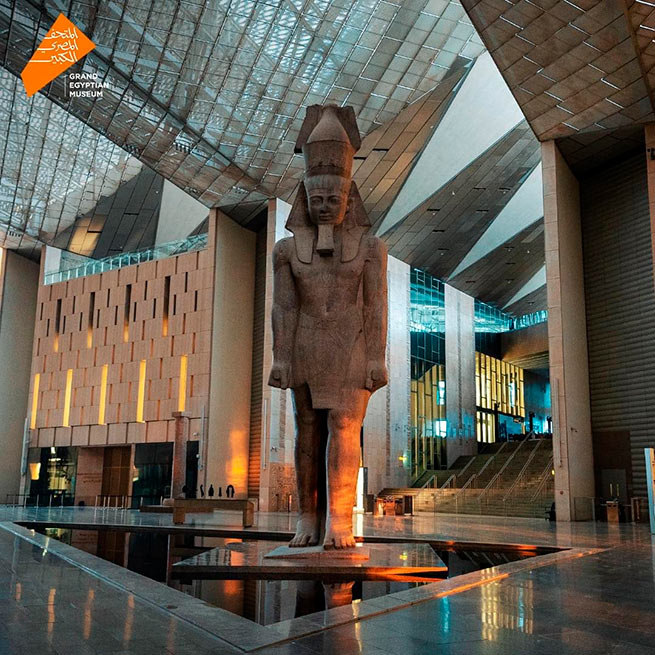
The GEM is similar in size to the British Museum and the Louvre combined and will house 100,000 objects.
Their work included five main modules with dozens of sub-projects devoted to the identity of the museum, the visitor experience, its development strategy, communication and marketing, its role in enhancing the cultural and tourism experience of Egypt, the target audience, attracting foreign and local visitors – especially Egyptians, a strong emphasis was allocated to educational programs, since Egypt is a young country in terms of population.
They studied various destinations and museums, large and small, visited from Disneyland to the Acropolis, organized museum spaces and events, as well as a methodology for implementing the strategy at the national and international level. “GEM” should not only be about yesterday, but also about today and tomorrow, and this is how activities are organized. There are halls of antiquities that are also educational and dedicated to heritage and yesterday. But you also have the Innovation Space, the space of tomorrow, in which the relevant companies will operate. A museum is not only about its exhibits, but also about what those exhibits can inspire in us, the experiences and stories that come from cultural heritage,” explains Balamatsi.
In the nearly two years that the Greek team worked with Egyptologists and Egyptian cultural specialists, they never once had the feeling that they were “outsiders” who were “driving a wedge” into the national cause. “In contrast, the GEM team and Hassan Allam, the private company that took over the management of the museum, were looking for a partner with international experience from the very beginning – our team consisted of 22 experts from 10 different nationalities.” The connection between culture and tourism did not raise suspicions either. “Everyone understood the need for this connection. We respected the work of Egyptologists, and they respected ours,” he notes.
https://www.youtube.com/watch?v=U_MIBgIcGIY
GEM is something akin to the National Archaeological Museum in Athens, only on a different scale. We ask Balamatsi what is the right strategy for the new expansion and modernization of the museum to become part of Athens. “I would make the local community part of the story, the activities, this narrative that we want to build, the people associated with tourism in the city, the entrepreneurs in the neighborhood. Obviously, we are talking about other sizes and other scales, but this is a great opportunity to make GEM international example, – she notes, adding that it is important to create connections and relationships between the capital’s museums. – I think we need to be much bolder and have one museum send visitors to another, connect them to each other and tell a common story together. If we look at the map of Athens from above, then by connecting the dots of our museums and archaeological sites, we should be able to tell the story of our culture from antiquity to modern times and the identity of Athens.”

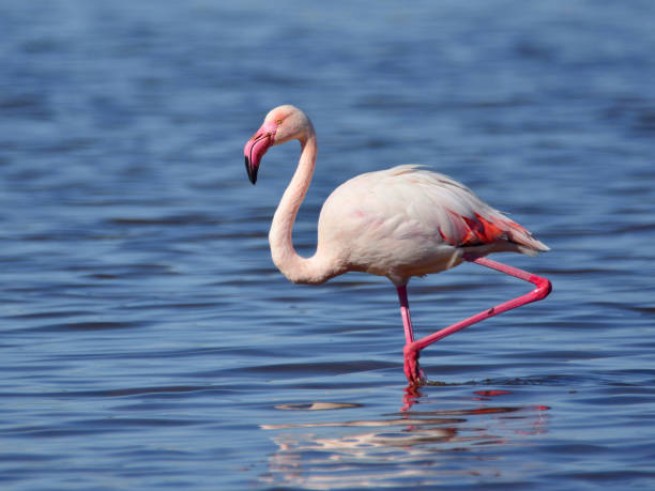

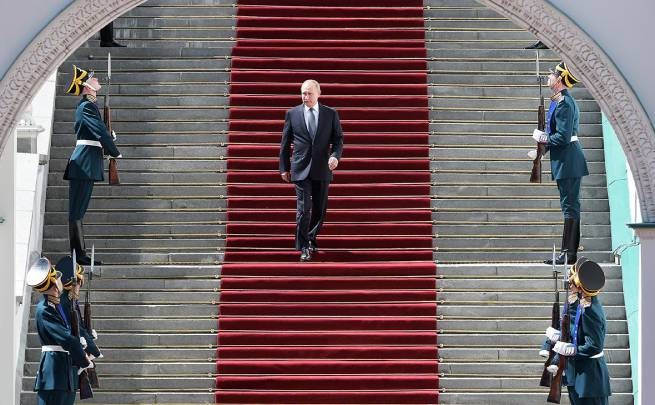
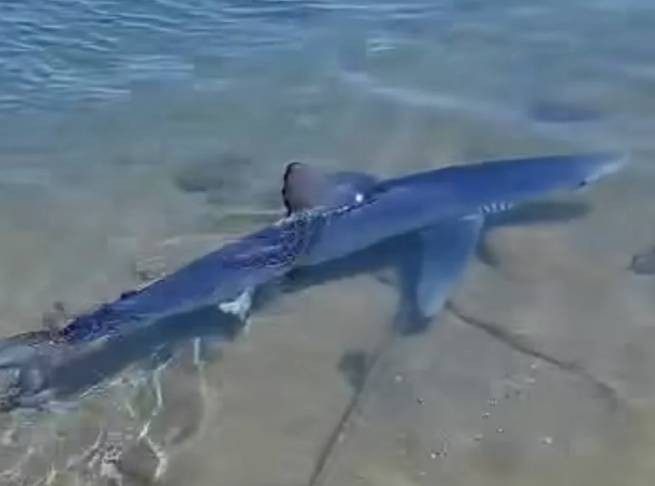
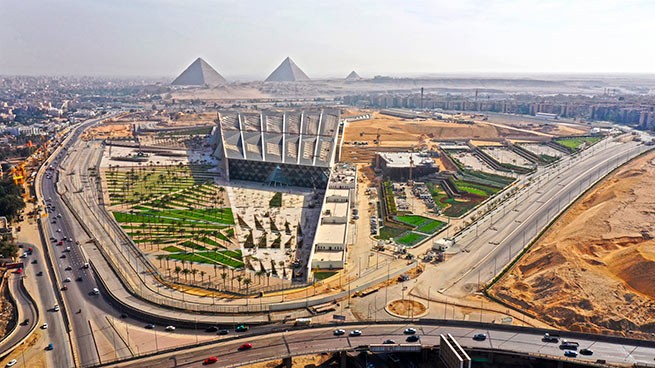

More Stories
In Symi, Antikyra and Arachova, barbecues started smoking: Greeks celebrate Easter on a grand scale
History and traditions of Easter
Greek journalist acquitted by court for uncovering Holy Fire “hoax”